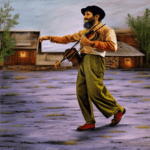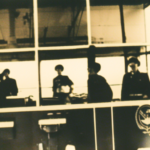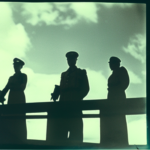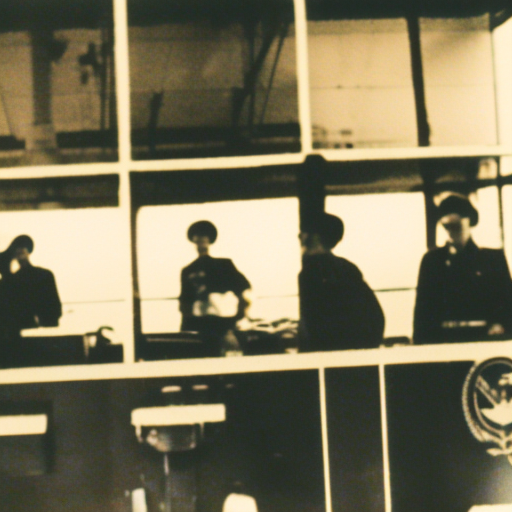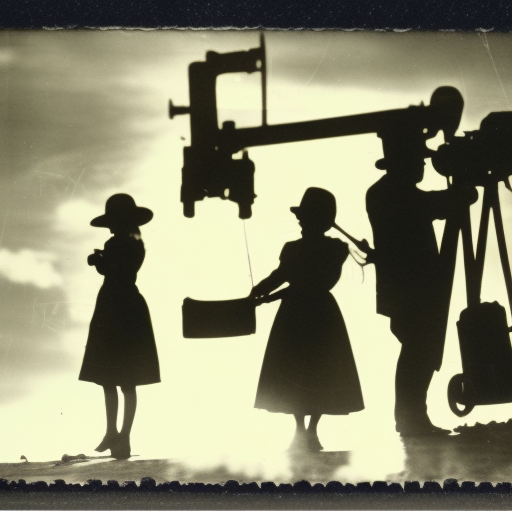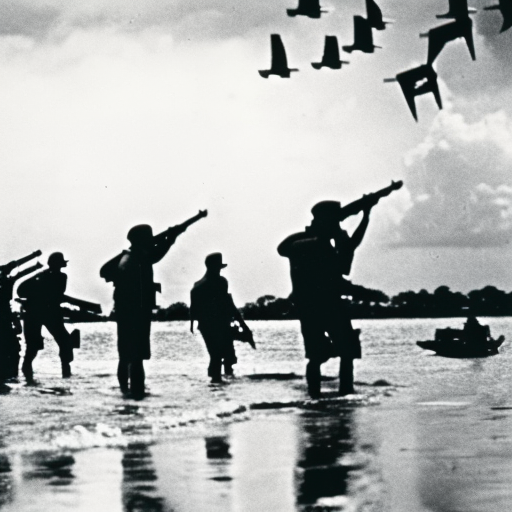The Peace Corps establishment (1961)
The Peace Corps was established on March 1, 1961, by President John F. Kennedy through an executive order. The program aimed to promote peace and friendship by sending American volunteers to developing countries to assist with various projects. The Peace Corps quickly became a symbol of American idealism and a way for young Americans to contribute to global development.
Background: The idea for the Peace Corps originated during Kennedy’s presidential campaign in 1960. He proposed the creation of a volunteer organization that would send young Americans abroad to help developing nations. Kennedy believed that such an organization would not only benefit the recipient countries but also foster goodwill and understanding between the United States and other nations.
Establishment: After taking office, Kennedy wasted no time in making the Peace Corps a reality. On March 1, 1961, he signed Executive Order 10924, officially establishing the Peace Corps as a federal agency. The order outlined the goals and structure of the organization and authorized the recruitment and deployment of volunteers.
Goals and Objectives: The Peace Corps had three primary goals: to provide technical assistance, to promote mutual understanding, and to foster goodwill. Volunteers were sent to countries around the world to work on a wide range of projects, including education, health care, agriculture, and community development. The focus was on meeting the specific needs of each country and working in partnership with local communities.
Recruitment and Training: The Peace Corps recruited volunteers from all walks of life, with an emphasis on young people. Applicants went through a rigorous selection process that included interviews, medical examinations, and background checks. Once accepted, volunteers underwent an intensive training program that prepared them for the challenges they would face in their assigned countries. Training covered language acquisition, cultural sensitivity, technical skills, and practical aspects of living and working in a foreign country.
Impact and Legacy: The Peace Corps had a significant impact on both the volunteers and the communities they served. Volunteers gained valuable skills, cross-cultural understanding, and a sense of global citizenship. They often formed lifelong connections with the people they worked with and returned to the United States with a broader perspective on the world. In the host countries, the Peace Corps contributed to development projects, improved education and healthcare systems, and helped build local capacity.
Expansion and Evolution: Over the years, the Peace Corps expanded its reach and diversified its programs. By the end of the 1960s, thousands of volunteers were serving in dozens of countries. The organization faced challenges during this period, including political unrest and criticism of its effectiveness. However, it continued to adapt and evolve, focusing on sustainable development and addressing emerging global issues such as HIV/AIDS and environmental conservation.
Continued Relevance: The Peace Corps remains an important institution in the United States and continues to send volunteers to countries in need. It has adapted to the changing global landscape and expanded its focus to include areas such as information technology, entrepreneurship, and youth development. The Peace Corps continues to be a symbol of American goodwill and a way for individuals to make a positive impact on the world.
In conclusion, the establishment of the Peace Corps in 1961 marked a significant milestone in American history. The program has provided countless opportunities for volunteers to contribute to global development and foster understanding between nations. Through its work, the Peace Corps has left a lasting legacy and continues to be a symbol of American idealism and commitment to peace.



